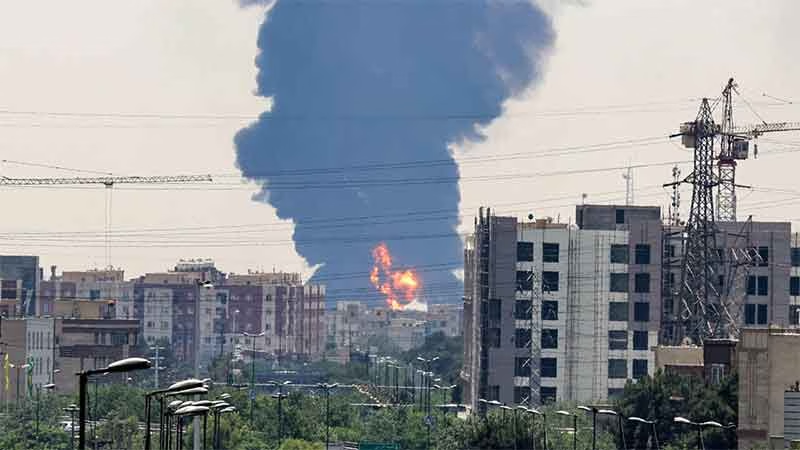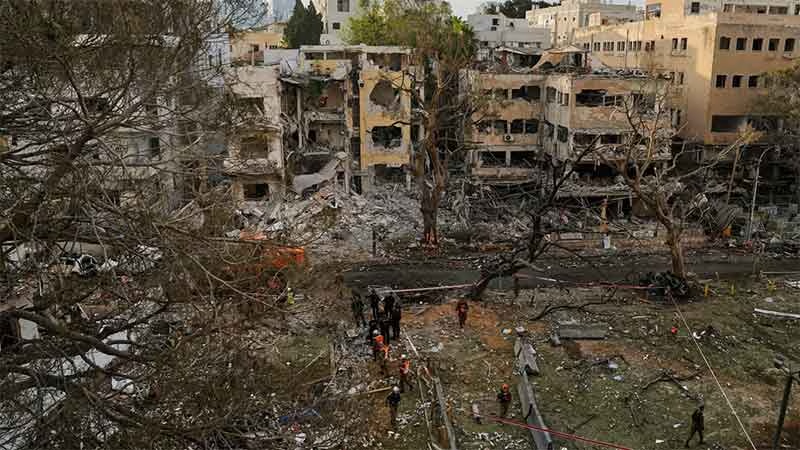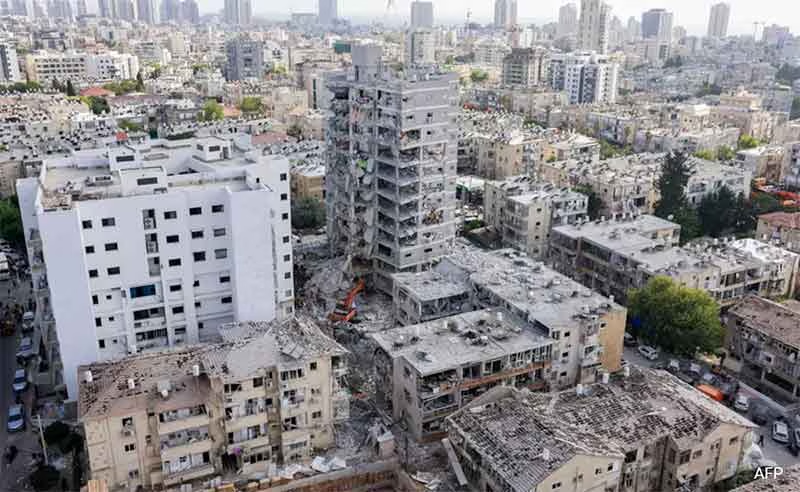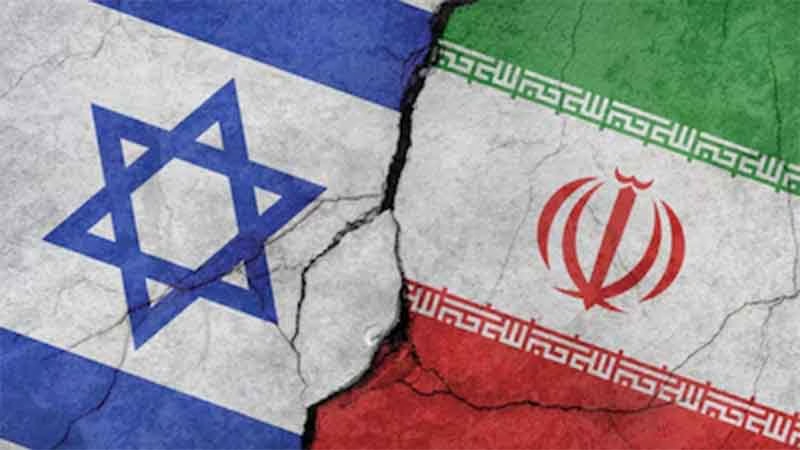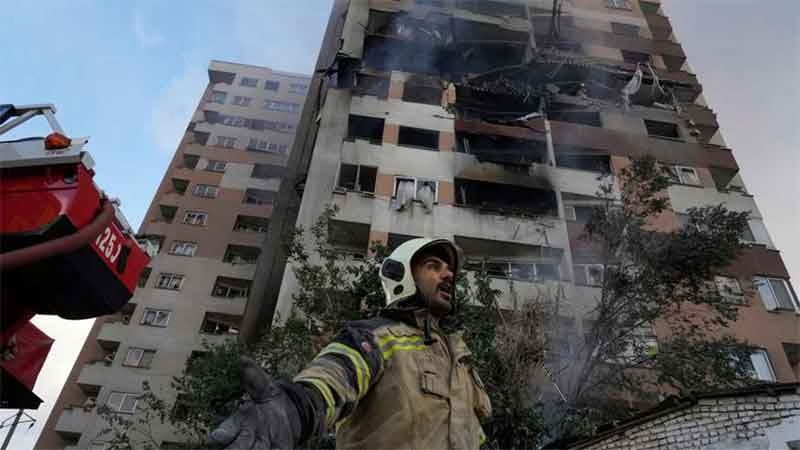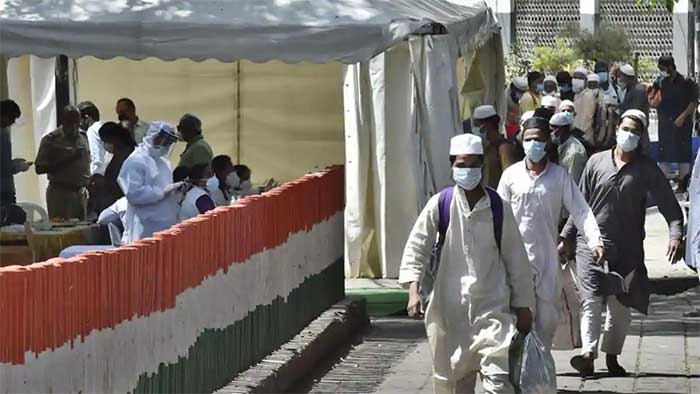
Amid COVID-19 pandemic Markaz (Center), Tabligi Jamat (Preaching religion), Nizamuddin, New Delhi suddenly glare media attention for wrong reason that they made a mistake unknowingly. They asked permission from local Police to decongested the Markaz but the same became the controversy and media run the stories in various negatives shades. Why media is unaware about Tabligi Jamat? Or else institutional issues related to Muslims in the country? What mistake they made or in other word, the same mistake is found in all Muslims institutions in the country? The institutions need immediate digital reform in order to equip with digital technology to avoid such unnecessary controversy.
I think Tabligi Jamat controversy would not have happened if Markaz would have social media platform/website. The institutional absence on social media only multiplied the problem further. The absences of intuitional information often create vacuum, which caused negative representations in public domain, unless someone is very keen to know about them or to visit such institution to know more and more about affiliations, curriculums and infrastructures.
The same controversy should not occur from else Mosques and Madrasas; therefore, they must take digital reforms in order to enhance their visibility in public domain. Both the institutions-Mosques and Madrasas cannot live in isolation in the digital world.
In the age of ‘information flow’, absence of digital affirmative actions are often considered as backward in term digital literacy. The portrayal of negative image by mainstream media against Tabligi Jamat cant not be corrected in a day or year, it will take more and more time to re-establish unlike from the beginning that the same mistake cant be repeated anymore. The labyrinth against section/ community/ institutions is common in polarized politics. So, there is no other option rather to avoid such situation through digitalization, though, there is no such guarantee but being a cautious is nothing wrong.
Let consider ten big and popular mosques[1] and madrasas[2] to know whether these institutions are digitally equipped or not: 1. Jama Masjid, New Delhi, Delhi; 2. Mecca Masjid, Hyderabad, Telengana; 3. Taj-ul-Masajid, Bhopal, MP; 4. Jama Masjid, Srinagar, J&K; 5. Bara Imambara, Lucknow, UP; 6. Chota Imambara, Lucknow, UP; 7. Jama Masjid, Bhilai, Chattisgarh; 8. Nagina Masjid, Agra, UP; 9. Jama Masjid, Agra, UP; 10. Haji Ali Dargah mosque, Mumbai, Maharashtra.
The considered madrasas are randomly selected and not based on any ranking but popular in India, 1. Darul Uloom, Deoband, UP; 2. Al Jamiatul Ashrafia, Mubarakpur, UP; 3. Al-Jamiatul Asaria Darul Hadees, Mau, UP; 4. Darul Uloom Nadwatul Ulama, Lucknow, UP; 5. Jamia Mazahir Uloom, Saharanpur, UP; 6. Madrasa Sirajul Uloom, Sambhal, Haryana; 7. Jamia Islamia Faiz-e-Aam, Mau, UP; 8. Madinatul Uloom Bagbari Najibia Alia Madrasa, Sylhet, Assam; 9. Hanfia Garib Nawaz, Bokaro, Jharkhand; 10. Jameatur Rashad, Azamgarh, UP.
Some of institutions are more older and none of the above mentioned mosques and madrasas are either using social media platforms or website rather believed in traditional methods of functioning manual. These mosques and madrasas are popular in India. These mosques and madrasas are neither sharing nor advertising their domain of work nature, fund collections, education systems, curriculum, student’s information, etc. In fact, the Tourism authorities or some other third party organization-like Wikipedia or else websites are sharing information of such mosques and madrasas across the digital platforms for mundane purposes. Contrarily, the information should come from such mosques and madrasas itself through own social media platform and website.
The immediate digital reform is only way to avoid such unnecessary controversy when others can access through social media platform and website where institutions reflects their objectivity of foundation and daily practices.
Dr Shekh Moinuddin is completed his MA, Mphil, and PhD from Delhi School of Economics, University of Delhi, Delhi. He is teaching in Jamia Millia Islamia, New Delhi, and authored four books on media geography and initiated media geography as discipline in India. He successfully conducted six research projects, funded by ICSSR, New Delhi; Ministry of Culture, Govt. of India, New Delhi, University of Delhi, Delhi.
Email: [email protected]
[1] The ten big mosques as per the website. https://www.tripoto.com/trip/10-largest-mosques-in-india, accessed April 5, 2020.
[2] There is no such information that one can put them into ranking or else information. There is no accurate documented account of the number of madrasas currently existing in India. Although madrasas are widely spread across the country, they exist in larger numbers in the northern and western parts; various estimates place their number anywhere between 8000 and 30,000. See, Rehman, Abdur (2019) Denial and Deprivation: Indian Muslims after Sachar Committee and Rangnath Mishra Commission Reports, Manohar Publication, Delhi.
SIGN UP FOR COUNTERCURRENTS DAILY NEWS LETTER




























